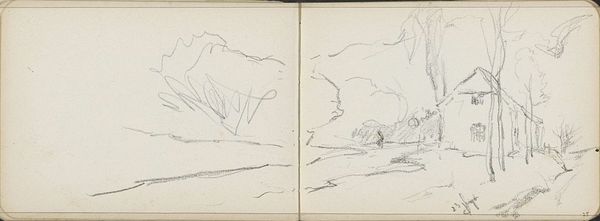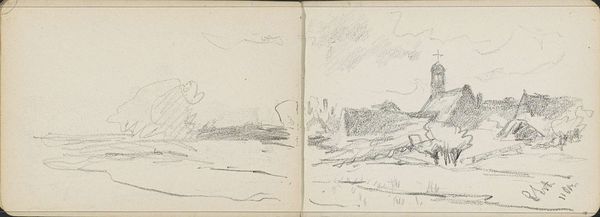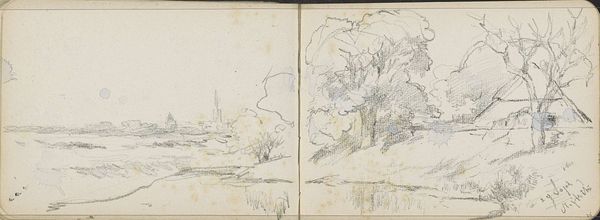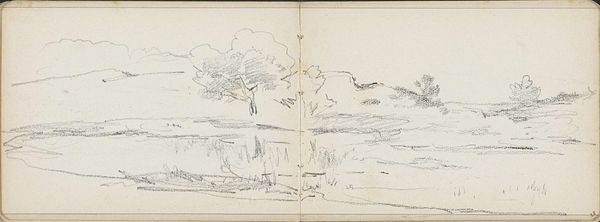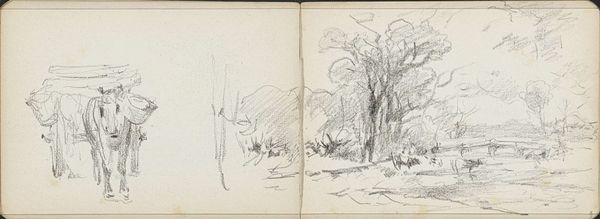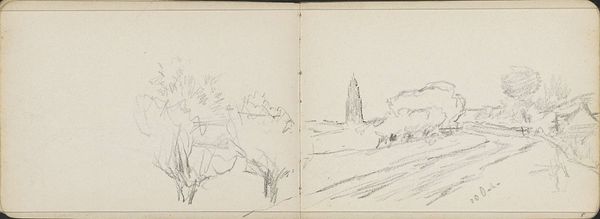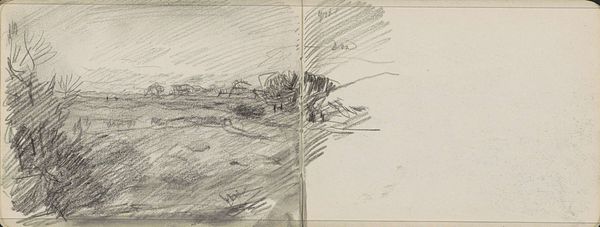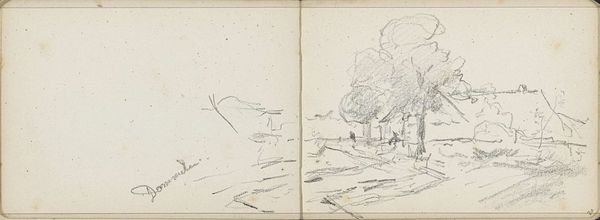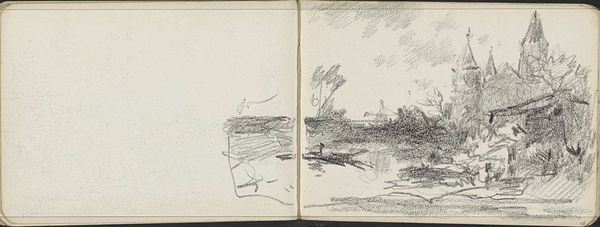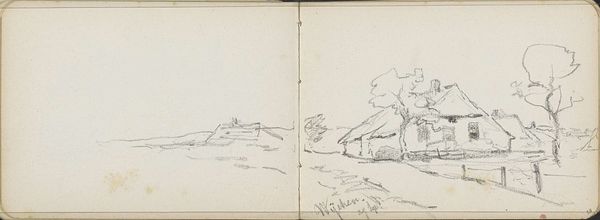
drawing, pencil
#
drawing
#
landscape
#
pencil
#
realism
Dimensions: height 113 mm, width 159 mm
Copyright: Rijks Museum: Open Domain
Willem Cornelis Rip sketched this drawing of a farm in Groesbeek, using graphite on paper. Here, we see a windmill—a symbol deeply rooted in Dutch culture, representing not only the landscape but also the nation’s ingenuity and struggle against the elements. The windmill motif extends far beyond Dutch art, appearing in various forms across Europe, often signifying industry and prosperity. Like the Greek myths, in which the mill represents the cycles of life and the toil of humanity, here, it appears as a silent witness to agrarian life. Note the way it appears, not as a mere structure, but as a silent guardian of the landscape. This symbol taps into a deep, collective memory, evoking feelings of nostalgia, connection to the land, and the relentless march of time. The recurring symbolism of the windmill through centuries underscores how certain images retain their emotional and cultural resonance, adapting and evolving across time.
Comments
No comments
Be the first to comment and join the conversation on the ultimate creative platform.


